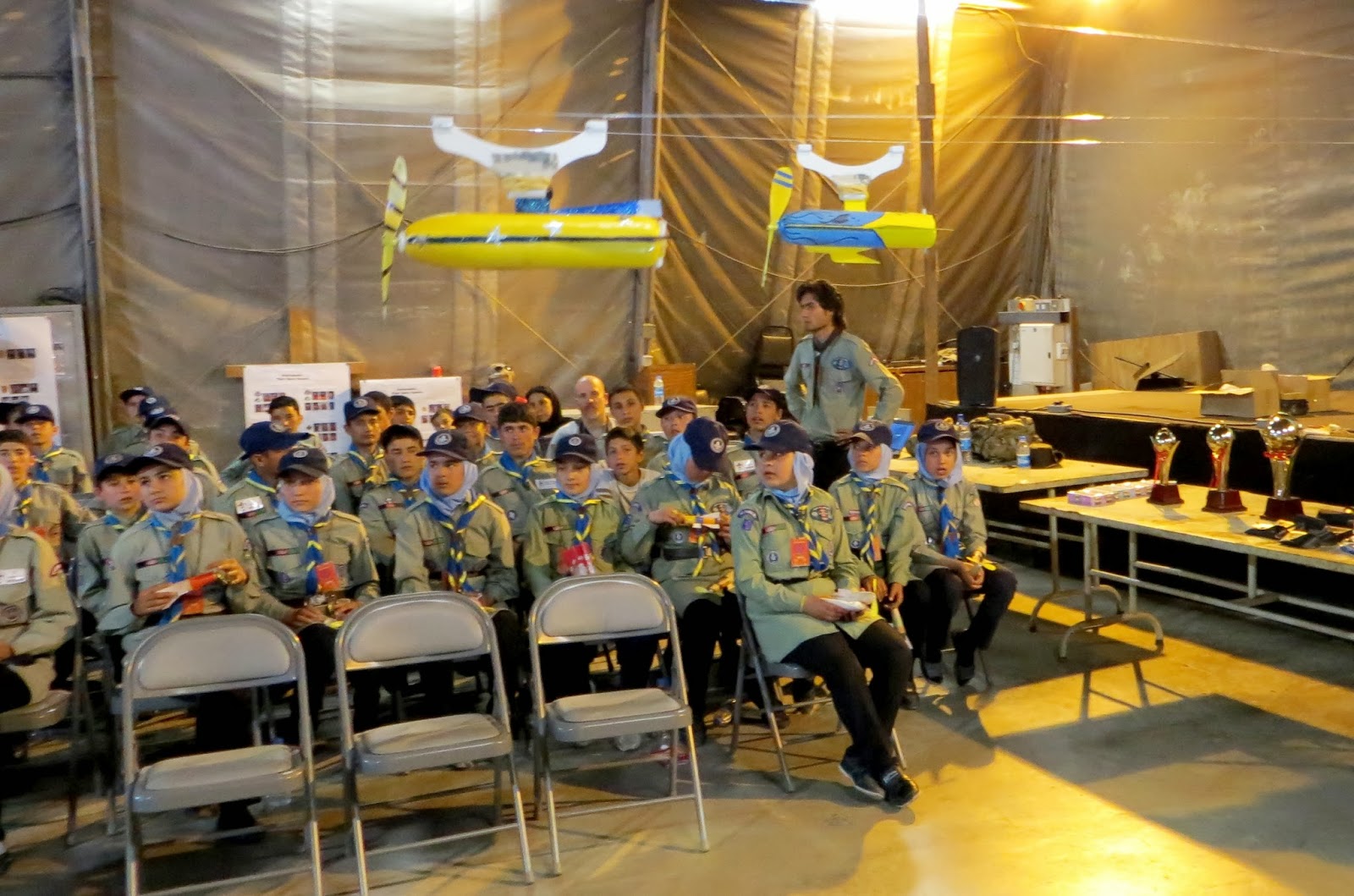Burda 8283, an envelope pattern (in fact, it's one of my first pattern purchases)
The much-loved by many Jalie jeans
Jalie semi-fitted slacks.
That is not to say that I don't have a whole bunch of other trouser patterns in my envelope collection, not mentioning Burda magazine ones, of course. I just haven't cracked them open. Are you rolling your eyes? If not, you're probably being kind. That's OK, really. Yet, I see so much grief out there in the sewing blogosphere over attempts to make this or that new trouser pattern fit one's below the waist figure. I figure (insert titter), for reliable results, might as well stick with what works.
Most of my office trousers are based on the Burda envelope. I've worked this one into waistlines high and low, leg wide and narrow, even one-seam.
Recently, I felt the need for some simple slacks to replace a couple I spattered with paint, so, instead of looking for an appropriate pattern, of course decided to revise my old Burda standby for stretchy stuff such as fleece or the bottom weight techno-knit I grabbed when our local store carried a couple of months ago. I've long ago adjusted the crotch curve a little by making it more L-shaped, so there was little need for alterations to the backside fit.
The Burda 8283 pattern is a semi-fitted trouser with front zipper, waistband, and a front and back dart on each side. It has front pockets, but since I wear jackets, I feel no need for pants pockets, and have been omitting them from the get-go. Call me lazy.
So, to make these knits fit me a little more closely than a no-stretch woven, and have them sit on my hipbones, not waist, here's what I did:
1. narrowed front and back inseam by 1" for a narrower leg
2. shortened the bottom front crotch by 1/2" - basically just cut away a little wedge at the top of the inseam
3. narrowed the front by 3/4" - that took care of the darts - I took that out of CF, not side
4. lowered the waistline by 3/4"
5. cut a waistband 90% of the needed width (with horizontal stretch), 4" wide. The stretchiness of the fabric means that the waistband easily eases into the trouser top without pleats for a perfectly smooth fit.
6. cut the elastic 1" shorter than waistband, and closed the loop with 1" overlap (ie, elastic band is 2" shorter than waistband). I might note here that I sew the elastic loop closed first, then wrap the waistband around it, and sew that into the trouser top. It's faster than insertion of the elastic into a sewn waistband.
7. shortened leg length for flat shoes
That's it, folks!
Pretty simple, eh? Notice I didn't touch the side seam at all, nor the back. These slacks skim but do not bind, and are totally unnoticeable in wearing. Perfect for at home wear, exercise, anything at all....
Best of all, they're super quick to make. Above, three recent versions: heavy olive fleece for shoveling the snow at minus 20 deg C; black poly techno-knit; and lightweight navy fleece. I made these in a two-day run a short while ago.
Here's the original Burda pattern:
Not rocket science, is it?
Which brings me to one of the best nerdy mugs in my home, my fave:
Just what part of..... don't you understand?
....it's only rocket science:
Ah, NASA... say what you may, I'm a fan of its many successes. I watched the very first footprint being stomped into the Moon, in all its speckly, grainy, black and white glory. And camped across from Kennedy Space Center on a winter break trip with a bunch of university buddies... then showed the very same rockets and lunar rover to my youngest, in recent years.
Last year in Kabul, I volunteered with the Afghan scouting movement. We held a Space Derby day for the kids at our base; along with the kids, I made a little elastic-band propelled rocket, and raced it with them (they won).
 |
| Afghan girl scouts making their propeller rockets. The dude at top left was my translator. |
 |
| Two rockets racing on fishing line. Note the trophies at right for fastest rocket ships. |















































